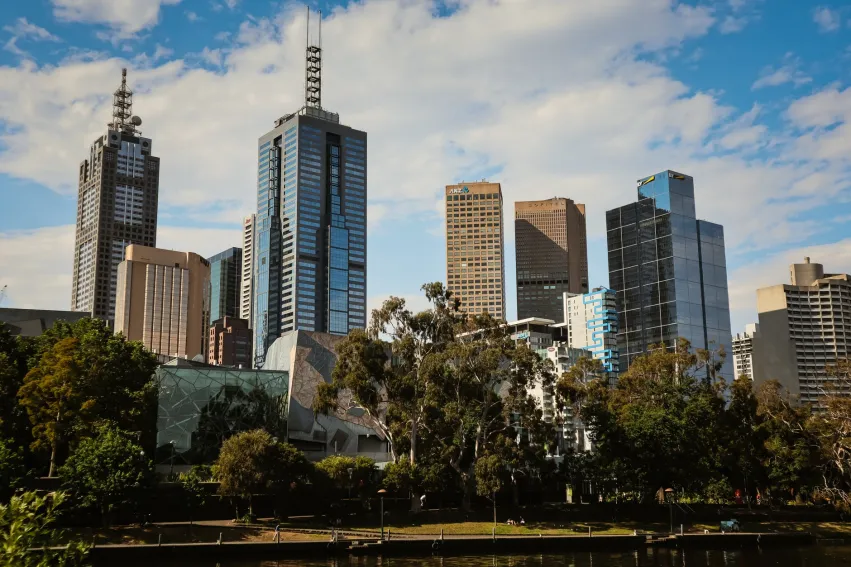
Australian retail investment volume down 34% to AUD4.8b in 2020
This is 31% lower than the 10-year annual average.
Retail investment market activity rebounded in the second half of 2020 reflecting strong retail turnover growth, an improvement in the general economic outlook and supportive capital markets drivers.
According to JLL, stimulus-induced retail spending boosted sales quickly back to pre-pandemic levels by June in most categories in Australia (excluding Victoria). Similarly, New Zealand had a strong rebound in retail sales post-lockdown, with many shopping centres recording year-on-year growth despite supply chain constraints.
Sales performance deviated considerably between categories through the national lockdown period of March to May, with grocery and household goods sales (electrical, furniture, home renovation, recreation) growing significantly as people prepared to spend more time at home. As physical restrictions eased, spending in discretionary categories rebounded quickly.
The investment market was also highly divergent in 2020, with strong demand for defensive retail assets, being neighbourhood/non-discretionary-based centres and long-WALE retail. Another theme from 2020 was the prevalence of sale and lease back transactions, with the disposal of real estate from corporate balance sheets.
Here are the key themes to watch according to JLL:
Australian transaction activity totaled AUD 4.8 billion in 2020 (AUD 1.4 billion in 1H, AUD 3.4 billion in 2H), 34% lower than the AUD 7.3 billion in 2019 and 31% lower than the 10-year annual average. New Zealand retail transactions volume was down by approximately 40% year-on-year to NZD 565 million.
Despite the strong retail turnover growth, investors remained cautious towards shopping centres with significant discretionary components. There was a liquidity shortage for assets over AUD 200 million prior to the onset of the pandemic and that disconnect was more pronounced in 2020 as investors became more risk averse. Buyers were cautious towards the sustainability and reliability of income, given the subdued rent collection rates through the middle part of the year.
Valuations for regional and sub-regional shopping centres corrected by approximately 12.0% and 6.4% respectively in 2020, primarily on income and capex assumptions. Towards the end of 2020, investor interest in large discretionary-based assets was starting to be renewed given the adjustment in valuations and attractiveness of the yields and returns relative to other real estate sectors. Valuations for neighbourhood centres were more resilient given the competition for assets and the support that provided to cap rates, but they were not immune, with income negatively affecting values in some centres.
The 10-year Australian Government bond rate has shifted down by around 22 basis points (bps) in 2020 and by 145 bps over the last two years, to approximately 0.9% for the majority of 2020 (March to November). As a result, the risk premium (spread between returns and the risk-free rate) has widened. However, bond yields have moved higher in early 2021, eroding some of the excess risk premium over the historical average. Should bond yields remain at current levels or continue to rise, there would be upward pressure on return expectations and discount rates for regional shopping centres given investors are likely to require a higher risk premium than the historical average.
Private investors and syndicates accounted for nearly half of all Australian acquisitions in 2020 – the highest level since 2009. They were net buyers in 2008, 2009 and 2010 when the market was credit constrained and valuations were under pressure. They were also net buyers in 2019 and 2020, and have been actively seeking neighbourhood centres and value-add sub-regional centres.
The feasibility of many retail developments weakened in 2020, resulting in several landlords delaying projects. There is currently 582,300 sqm of retail development space on hold across Australia. It is likely that many of these projects on hold will be scaled back or postponed as a result of subdued leasing demand. Encouragingly, the overall structural slowdown of retail development should support the productivity of assets over the long term.
There are a range of competing factors influencing the outlook for retail turnover in 2021. The outlook for retail turnover is dependent on how smoothly the transition is from stimulus-induced spending to a wealth-driven confidence rebound. The wealth effect is likely to be a driver of retail spending in 2021 given the strong sharemarket performance and improved outlook for house prices.



















 Advertise
Advertise




